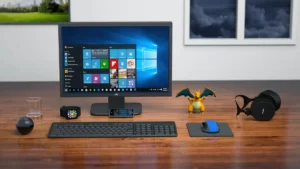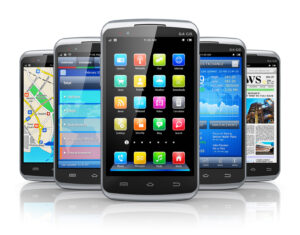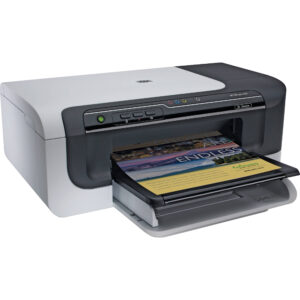Back to: Computer Science Primary 2
Welcome to class!
In today’s class, we’re going to embark on an exciting journey into the realm of common ICT devices and explore the intricate components that make these gadgets work. Just like a jigsaw puzzle, ICT devices are made up of various parts that work together to create the magic you experience every day. Let’s dive into the comprehensive breakdown of the parts of some common ICT devices.
Parts of Common ICT Devices
Common ICT Devices and Their Parts

ICT devices are the everyday gadgets that have become an integral part of our lives. From computers to smartphones, they all consist of unique components that serve specific functions. Here’s a detailed look at the parts of some common ICT devices:
1. Computer:
Central Processing Unit (CPU): This is the brain of the computer that performs calculations and executes instructions.

Motherboard: The motherboard connects all the parts and allows them to communicate.
RAM (Random Access Memory): RAM temporarily stores data and programs that the CPU is actively using.
Hard Drive (or SSD): This is where the computer stores long-term data, like your files and programs.
Power Supply Unit (PSU): The PSU provides electricity to the computer.
Graphics Card (GPU): The GPU handles visuals and helps display images on the screen.
Optical Drive: This part reads CDs, DVDs, or Blu-ray discs.
Ports: Ports like USB and HDMI allow you to connect other devices to the computer.
Monitor: The screen displays the computer’s output, allowing you to see and interact with it.
2. Smartphone:
Screen: The touch-sensitive screen is where you see and interact with your smartphone.

Processor (SoC): The system-on-a-chip handles all the device’s computing tasks.
Battery: The battery stores energy to power the smartphone.
RAM (Memory): RAM allows the phone to quickly access and use data.
Storage: This part stores your apps, photos, and other data.
Camera: Front and rear cameras capture photos and videos.
Speakers and Microphone: These components allow you to hear sound and communicate.
Sensors: Sensors like the accelerometer and gyroscope detect motion and orientation.
Buttons and Ports: Buttons like the power and volume buttons, as well as ports like USB-C, facilitate interaction and charging.
3. Printer:

Paper Tray: This holds the paper that the printer uses for printing.
Ink or Toner Cartridges: These contain the ink or toner used to print images and text.
Print Head: The print head is responsible for placing the ink or toner onto the paper.
Rollers: Rollers feed the paper through the printer.
Control Panel: This part allows you to select print options and monitor the printer’s status.
USB or Wireless Connection: The printer can be connected to a computer or network via USB or wirelessly.
ICT devices are like puzzles made up of various pieces, and each part has a special role in making the device work. Just like teamwork, they collaborate to deliver the amazing features you enjoy.
In conclusion, common ICT devices are like complex machines, with various parts working together seamlessly. Understanding these components helps us appreciate the technology behind the devices we use daily. The next time you interact with a computer, smartphone, or printer, think about the intricate teamwork of their parts!
Question Time:
- What is the function of the paper tray in a printer, and how does it contribute to the printing process?
- Describe the role of the processor (SoC) in a smartphone, and how does it affect the device’s performance?
- What is the central role of the CPU in a computer, and how does it work with other components?
We have come to the end of today’s class. I hope you enjoyed the class!
In the next class, we shall be discussing Meaning of Printer.
In case you require further assistance or have any questions, feel free to ask in the comment section below, and trust us to respond as soon as possible. Cheers!
